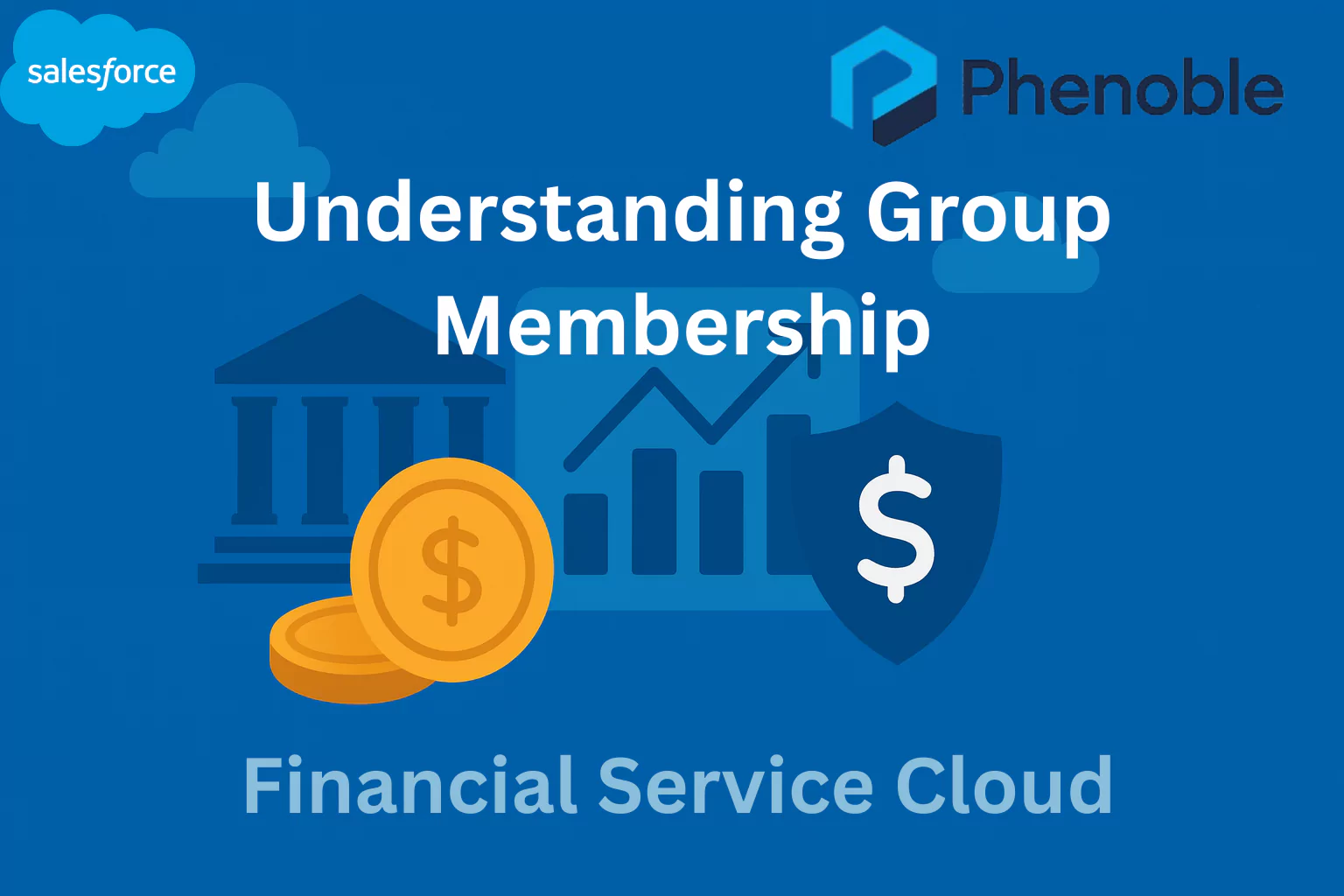
In today’s financial services industry, understanding not just an individual client but their entire financial ecosystem is key to delivering meaningful and personalized advice. Salesforce Financial Services Cloud (FSC) addresses this need through Group Membership, a feature designed to model the complex web of relationships that exist between clients, their families, households, trusts, and business entities. Instead of viewing clients in isolation, Group Membership provides a 360-degree relationship view that highlights how individuals are connected, what roles they play, and how financial accounts and responsibilities are distributed across groups.
This framework empowers advisors to collaborate more effectively, strengthen client engagement, and deliver advice that takes into account shared assets, liabilities, and goals. From creating flexible group structures such as families or trusts, to tracking compliance-related roles like beneficiaries or trustees, Group Membership brings structure and clarity to relationship management. In this blog, we’ll explore how Group Membership works in FSC, its key benefits, and how to configure permissions so your organization can leverage this powerful capability.
Group Membership (New)
Salesforce Financial Services Cloud Group Membership is a collaborative feature that allows financial institutions to model and manage relationships between clients and their related parties, such as family members, households, trusts, and business entities.
Group Membership provides a flexible framework to represent real-life relationship structures and gives advisors a holistic view of client financial networks.
Key Benefits
- 360° Relationship View: Understand the full context of a client’s financial ecosystem—households, extended families, or business partners—on a single dashboard.
- Enhanced Collaboration: Enables teams to work together more efficiently by clearly defining client associations and shared responsibilities.
- Personalized Advice: Identify opportunities and provide tailored advice by analyzing group-level financial goals, assets, and liabilities.
- Flexible Group Structures: Create and customize group types (like families, trusts, or investment clubs) and associate them with clients and financial accounts.
- Improved Compliance & Transparency: Track affiliations and roles (e.g., beneficiary, trustee, advisor) to maintain audit-ready records and meet regulatory requirements.
- Actionable Insights: Leverage relationship data for cross-sell and upsell opportunities within households and related groups.
Configure Group Membership in Financial Services Cloud
Before configuration, it’s essential to understand how Groups and Group Members work:
- Group (Household, Relationship Group, etc.): Represents a collective entity.
- Group Member: Connects an individual to a group and defines their role (e.g., Head of Household, Spouse, Beneficiary).
Assign Permission Sets
-
Ensure users have access to necessary objects:
- Group
- Group Member
- Relationship Group Settings
-
FSC provides managed permission sets like:
- Financial Services Cloud Standard
- Relationship Manager
Summary
Group Membership in Financial Services Cloud enables financial institutions to represent real-world client relationships—households, families, trusts, and business groups—within Salesforce. By linking individuals to groups and assigning roles, advisors gain a holistic view of client financial networks, streamline collaboration, and deliver tailored financial strategies. With benefits such as improved compliance tracking, flexible group structures, and actionable insights for cross-selling and upselling, Group Membership enhances both client engagement and operational efficiency. Proper configuration, including permission set assignments, ensures that teams can fully utilize this feature to unlock deeper visibility into client relationships and drive stronger outcomes.